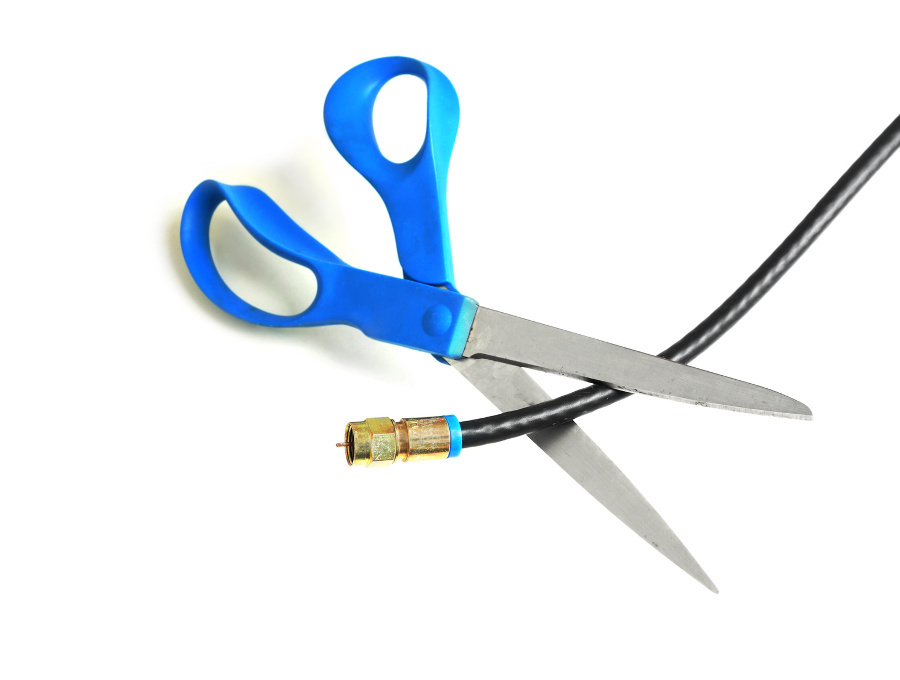It was as recently as 2011 when cable was booming and seemingly looking at a level playing field with the broadcast networks. CNN and ESPN were in over 100 million homes and looking to gain more households. But as broadband speeds got faster and video streaming technology improved, cable began losing subscribers. Now as viewers are consuming video in different ways, either cutting the cord, cutting back on cable channels or even refusing to subscribe to pay TV altogether, cable finds itself in a crossroads.
The latest

- AA Podcast: Curt Menefee on ‘Fox NFL Sunday,’ UFL, interviewing Eric Adams, and more
- Garrett and Nicole McNamara cherish authenticity of ‘100 Foot Wave’
- Mike Breen: Diminishing access to NBA players ‘hurts’ broadcasts, fan experience
- Rece Davis, Pete Thamel do some journalistic gatekeeping on Pablo Torre’s UNC-Bill Belichick reporting
And while that’s seemingly a hit, the same forecast projects that the cable companies will more than make up for that loss by raking in $11 billion in residential broadband subscriptions. So while the cable companies will see fewer homes subscribing to pay TV, they’ll still hook homes through internet bundles and still making their money.
According to Variety, the pay TV providers will also increase prices for their packages:
The research firm forecasts price hikes for cable TV and broadband, while phone service will drop. On a monthly basis, cable video revenue per sub will climb from $90.84 to $100.02 between 2016 and 2026; cable broadband residential revenue will increase from $51.23 to $60.99 per customer. Cable’s residential phone service revenue will decline from $26.90 to $21.40 monthly per sub over the 10-year span, per SNL Kagan.
And the firm notes that cable companies will eventually see increases in residential broadband buys while TV and phone service will drop and perhaps see a refocus more towards internet.
It will be interesting to see how the cable TV networks respond to this changing universe and bring more video direct to consumers rather than go through the providers.
[Variety]

Comments are closed.